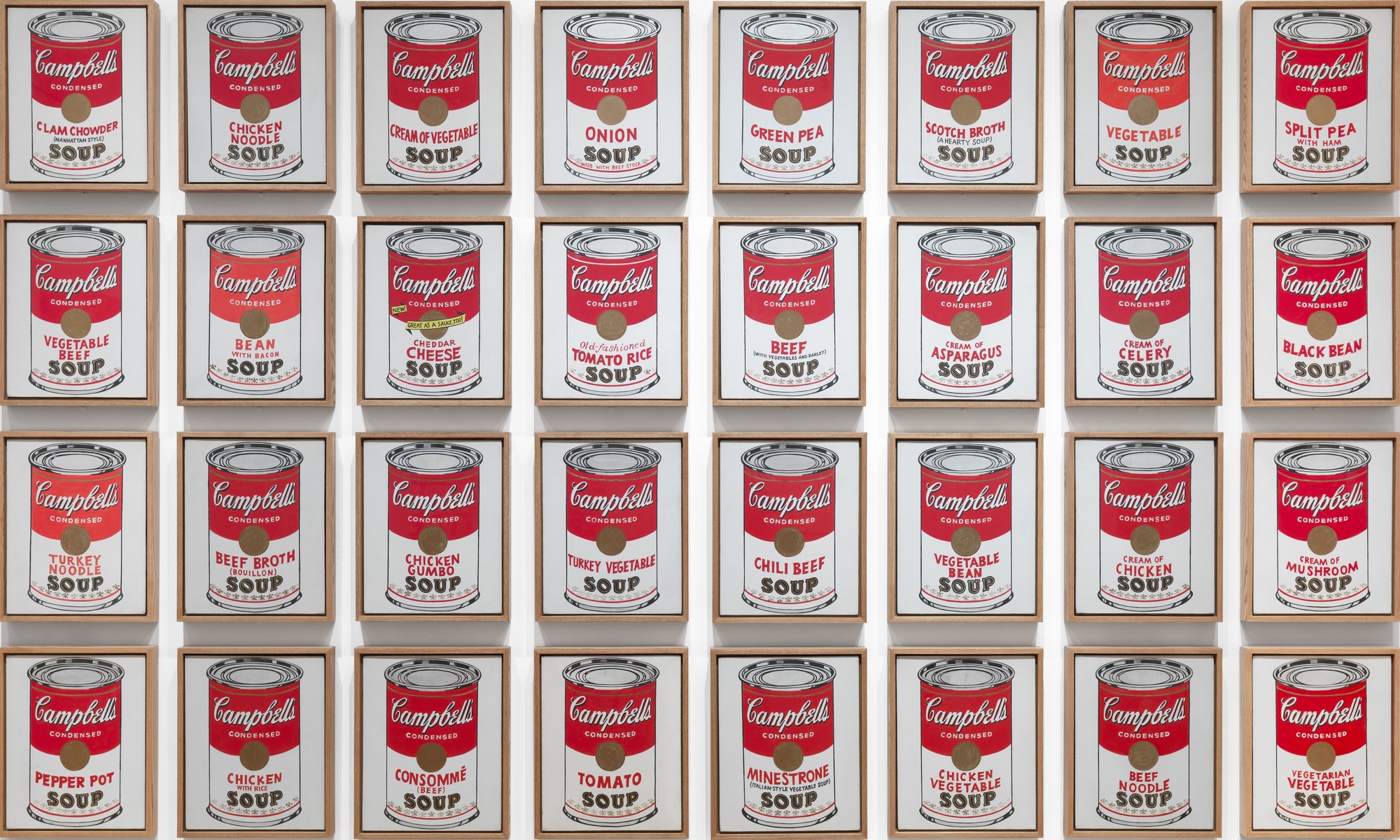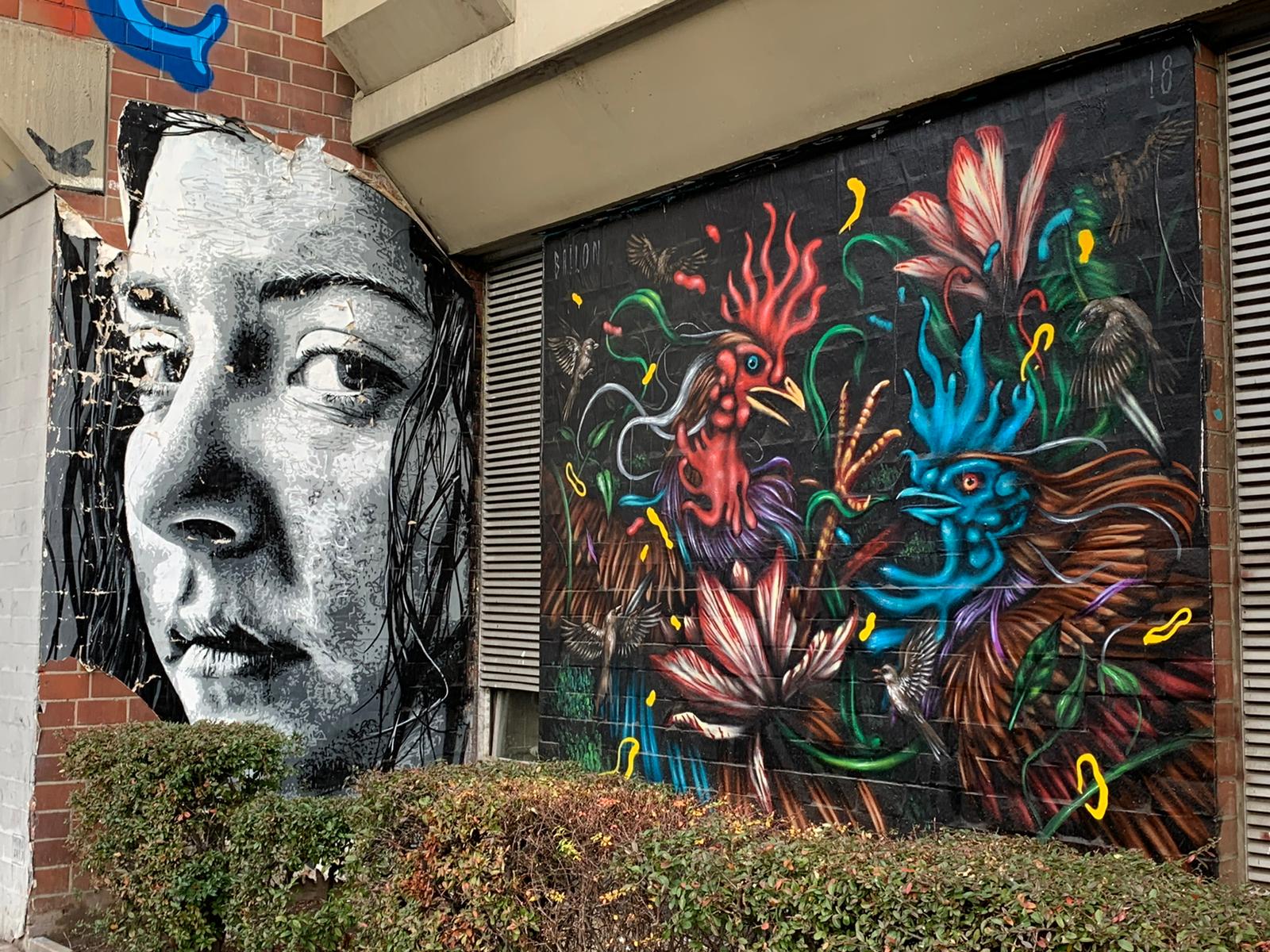You might be asking yourself, what is NFT? NFT stands for “non-fungible token”. Still not making sense? We’ll explain. Basically, this means that something is unique and unable to be replaced with something else. In the world of cryptocurrency for example, bitcoin is fungible. You are able to trade one for another bitcoin and have exactly the same thing. That being said, a one of a kind trading card, is non-fungible. If you were to trade in for a different card, you will end up with something completely different.
NFTs are typically part of the Ethereum blockchain which is a type of cryptocurrency, but its blockchain also supports these NFTs that store extra information. They are different, each with a digital signature which make it impossible to be exchanged for equal to what is was bought for. Owners of NFT have exclusive ownership rights, no NFT can be owned by multiple people at a time. The owner or creator can store specific information inside, which means, artists can sign their artwork by including their signature in an NFT’s metadata.
NFTs can be anything digital – drawings, music and more.
What excites us most is definitely the possibility around using the tech to sell digital art. The big conversation in the NFT world is about the evolution of fine art collecting in digital art form. Digital art pieces, such as a Video art piece by Grimes, was sold for 6.6 million dollars. The thing is, people are able to download said digital file as many time as possible, but NFTs are designed to to give you something that cannot be copied, ownership of the work. To put it into terms of physical art collecting – anyone can buy a Monet print, but only one person can own the original.
So why is NFT so attractive to an artist or a buyer if a piece can just be downloaded?
These are obviously very valid thoughts, but NFT has its wide range of benefits. First of all, for artists interested in selling via NFT, it offers a way to sell work that otherwise there may not be much of a market for. Being sold online, you are able to reach a wider audience that is specifically interested in fine art trading. NFTs also have a feature in which you can enable, that will pay you a percentage every time the NFT is sold or changes hands. This ensures that your work can become extremely popular and its value will always be growing.
As a buyer, NFT holds the obvious benefits of buying art, like supporting an artist. Of course, as well as the bragging rights of owning a fine piece of art, with the blockchain entry to back it up. In NFT, like in classical art collecting, you purchase a piece of art and hope the value of it goes up, so one day a re-sale is an option in order to make a profit.
As we see it, NFT is the future of art trading. With the opportunity to reach a worldwide audience, art can reach buyers that otherwise would not have access to art. In a financial standpoint, NFT is a good investment that we see has the option to increase value as time proceeds.
We are excited to see what the future holds in the NFT world, and feel hope that we can fully embrace all the positives it brings with it.
We feel our brand as a whole, embodies the innovativeness that NFT has to offer, while staying true to the fine art world. The combination of the two make us most excited.





